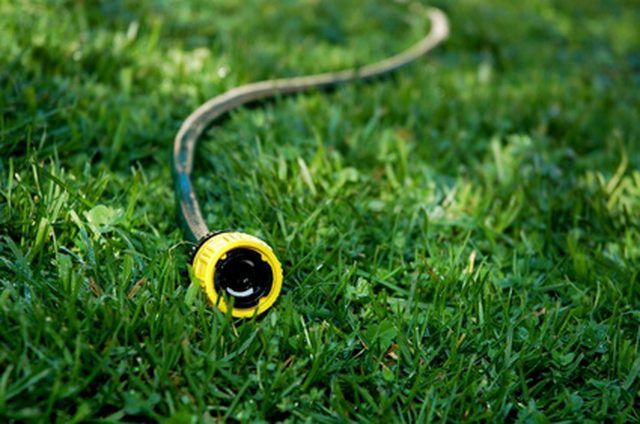Bulbs
Flower Basics
Flower Beds & Specialty Gardens
Flower Garden
Garden Furniture
Garden Gnomes
Garden Seeds
Garden Sheds
Garden Statues
Garden Tools & Supplies
Gardening Basics
Green & Organic
Groundcovers & Vines
Growing Annuals
Growing Basil
Growing Beans
Growing Berries
Growing Blueberries
Growing Cactus
Growing Corn
Growing Cotton
Growing Edibles
Growing Flowers
Growing Garlic
Growing Grapes
Growing Grass
Growing Herbs
Growing Jasmine
Growing Mint
Growing Mushrooms
Orchids
Growing Peanuts
Growing Perennials
Growing Plants
Growing Rosemary
Growing Roses
Growing Strawberries
Growing Sunflowers
Growing Thyme
Growing Tomatoes
Growing Tulips
Growing Vegetables
Herb Basics
Herb Garden
Indoor Growing
Landscaping Basics
Landscaping Patios
Landscaping Plants
Landscaping Shrubs
Landscaping Trees
Landscaping Walks & Pathways
Lawn Basics
Lawn Maintenance
Lawn Mowers
Lawn Ornaments
Lawn Planting
Lawn Tools
Outdoor Growing
Overall Landscape Planning
Pests, Weeds & Problems
Plant Basics
Rock Garden
Rose Garden
Shrubs
Soil
Specialty Gardens
Trees
Vegetable Garden
Yard Maintenance
Watering Instructions for Hydroseeding
Watering Instructions for Hydroseeding. Hydroseeding to establish a new lawn consists of a high pressure application of a mixture of seed, fertilizer and water with a brilliant green cellulose blanket or cover. Watering is the most important step as it continues throughout the growth process. Initially, multiple water applications per day are...

Hydroseeding to establish a new lawn consists of a high pressure application of a mixture of seed, fertilizer and water with a brilliant green cellulose blanket or cover. Watering is the most important step as it continues throughout the growth process. Initially, multiple water applications per day are needed to promote germination. The applied green blanket should be sponge damp. Once the grass has sprouted, cut back watering and allow the baby plants to breath oxygen and put their roots down for food. Finally, the grass is ready for maintenance watering depending on the weather conditions and the climate.
Things You'll Need
Grass seed
Fertilizer, soluble
Water
Hoses and nozzles (or sprinklers)
Cellulose spray (green)
Hydrosprayer
Tuna cans
The first watering is with the hydroseed application. A solution of water, water-soluble fertilizer, seed and cellulose is blasted into lawn top soil to prepare the new lawn for growth. Wait 24 hours.
Water three times per day during germination to keep the green blanket from turning yellow and dry. Hand application takes time but will work fine. A sprinkler or a series of sprinklers arranged to keep the entire blanket sponge wet may be used. Deploy several tuna cans around your lawn to see how much water is being delivered. The color of the blanket will tell you if spots are being missed. Strive for uniform saturation to support maximum germination of the seed.
Cut back watering frequency in two to three weeks when grass has sprouted. Water once per day. One inch of water over the lawn once a day will increase the oxygen available and force plant roots to grow deep for food. Continue this daily watering for the next several weeks until the lawn is ready for maintenance watering.
Water twice a week for a combination of rain and added water of about two inches depending on the weather conditions and the climate. The application of the water should be gentle and not causing any erosion in the lawn. Automatic sprinkler systems are convenient to preset the daily and weekly watering schedule.
Tips & Warnings
The best time to hydroseed is early autumn when the hot sun is beginning to fade.
Daily watering should begin around 10 a.m., after the dew has evaporated.
Avoid watering after dark. Excessive moisture can produce mold and fungus growth.
Do not walk on or pack down the hydroseed cover.
No additional fertilizer is needed after the initial hydroseed application.